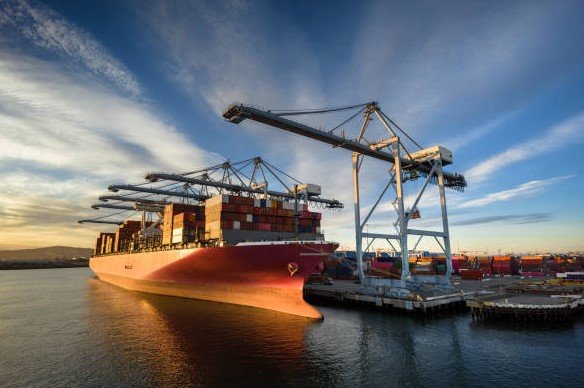Jordan’s exports to Greater Arab Free Trade Area countries climbed 16.9 percent in the first half of 2025, hitting 1.851 billion Jordanian dinars, up from 1.583 billion a year earlier. This growth highlights stronger trade ties amid regional economic recovery, with imports also rising and the trade deficit shrinking slightly.
Key Trade Figures Show Positive Momentum
Recent data from Jordan’s Department of Statistics reveals a solid uptick in trade activity. Exports reached new highs, driven by demand for Jordanian goods like pharmaceuticals, chemicals, and agricultural products. This marks a continuation of trends seen in previous years, where Jordan has steadily boosted its presence in Arab markets.
The Greater Arab Free Trade Area, known as GAFTA, includes 18 member countries and aims to cut tariffs and foster economic ties. For Jordan, this bloc now accounts for 42.3 percent of total exports, underscoring its importance as a key trading partner.
Imports from these nations grew by 10.5 percent to 2.598 billion dinars, compared to 2.352 billion in the first half of 2024. This balanced increase helped narrow the trade deficit to 747 million dinars from 769 million, offering some relief to Jordan’s economy.
Overall, Jordan’s national exports rose 9 percent to 4.38 billion dinars during the same period. This broader growth reflects resilience despite global challenges like supply chain disruptions and fluctuating energy prices.
Top Partners Drive Export Surge
Saudi Arabia stands out as Jordan’s biggest trade partner within GAFTA. Exports to the kingdom totaled 612 million dinars, fueled by strong demand for Jordanian fertilizers and clothing. Imports from Saudi Arabia hit 1.4 billion dinars, mainly in petroleum products and plastics.

Iraq followed closely, with Jordanian exports reaching 431 million dinars. Goods like food items and machinery have seen steady demand there, amid Iraq’s ongoing reconstruction efforts.
A standout performer is trade with Syria, where exports skyrocketed by 404.8 percent. This massive jump comes as borders reopen and economic links strengthen after years of conflict. Imports from Syria also rose 76.9 percent to 46 million dinars.
Other notable partners include the United Arab Emirates and Egypt, contributing to the overall export boost. These relationships build on GAFTA’s framework, established in 2005, which has gradually eliminated trade barriers.
Here are some key export destinations and their values:
- Saudi Arabia: 612 million dinars
- Iraq: 431 million dinars
- Syria: Significant growth, though exact figures tie into the broader surge
- United Arab Emirates: Steady increases in various sectors
Broader Economic Context and Implications
Jordan’s economy is projected to grow by about 2.9 percent in 2025, according to international forecasts. This trade expansion aligns with efforts to diversify exports beyond traditional markets like the United States and India, where exports grew by 23.3 percent to the latter.
The industrial sector plays a big role, with exports rising 6.3 percent in the first five months of 2025. Items like sugar, cocoa products, and electrical equipment added millions to the tally.
Challenges remain, including high energy costs and geopolitical tensions in the region. Yet, initiatives like improved logistics at the Port of Aqaba are helping. Trucks and containers there handle growing volumes, supporting faster shipments to Arab neighbors.
This trade growth could create jobs and boost foreign reserves. Analysts point to similar trends in nearby countries, such as Oman’s 9 percent rise in non-oil exports, as signs of a regional rebound.
| Category | Value in First Half 2025 (JD Billion) | Change from 2024 (%) |
|---|---|---|
| Exports to GAFTA | 1.851 | +16.9 |
| Imports from GAFTA | 2.598 | +10.5 |
| Trade Deficit | 0.747 | -2.9 (narrowed) |
| Total National Exports | 4.38 | +9 |
Future Outlook for Jordan’s Trade
Looking ahead, experts expect continued growth if GAFTA members deepen cooperation. Jordan’s government is pushing for more free trade agreements and investments in sectors like renewable energy and technology.
Recent events, such as expanded trade routes and digital customs systems, could further accelerate this. For instance, Amman Chamber of Industry reported a 14.9 percent export increase in the first seven months, reaching 4.207 billion dinars.
This positive trajectory supports Jordan’s vision for economic stability. It ties into broader Middle East trends, where countries like Saudi Arabia and the UAE are investing heavily in diversification.
What do you think about Jordan’s trade growth? Share your thoughts in the comments and spread the word to keep the conversation going.
